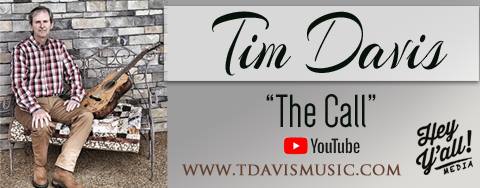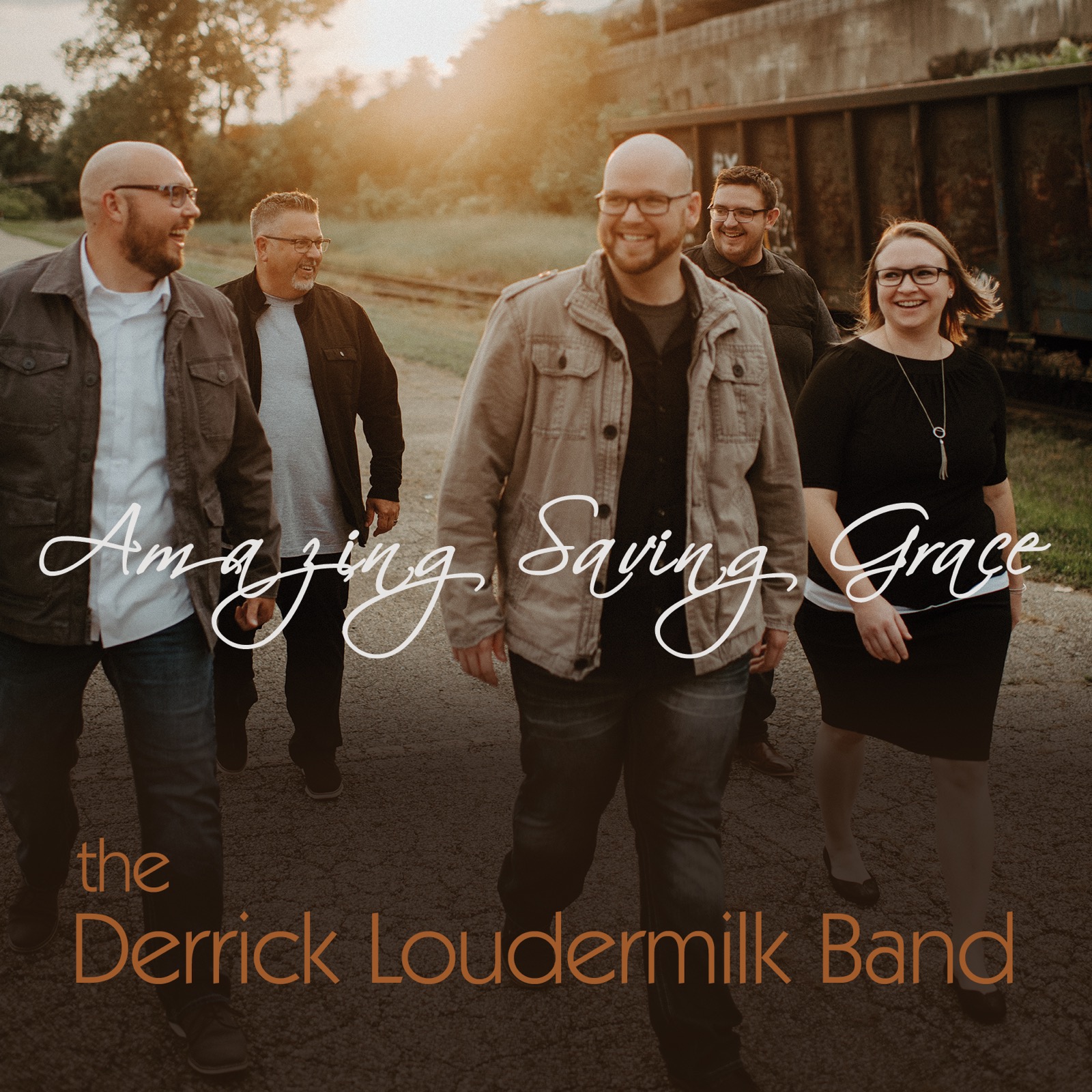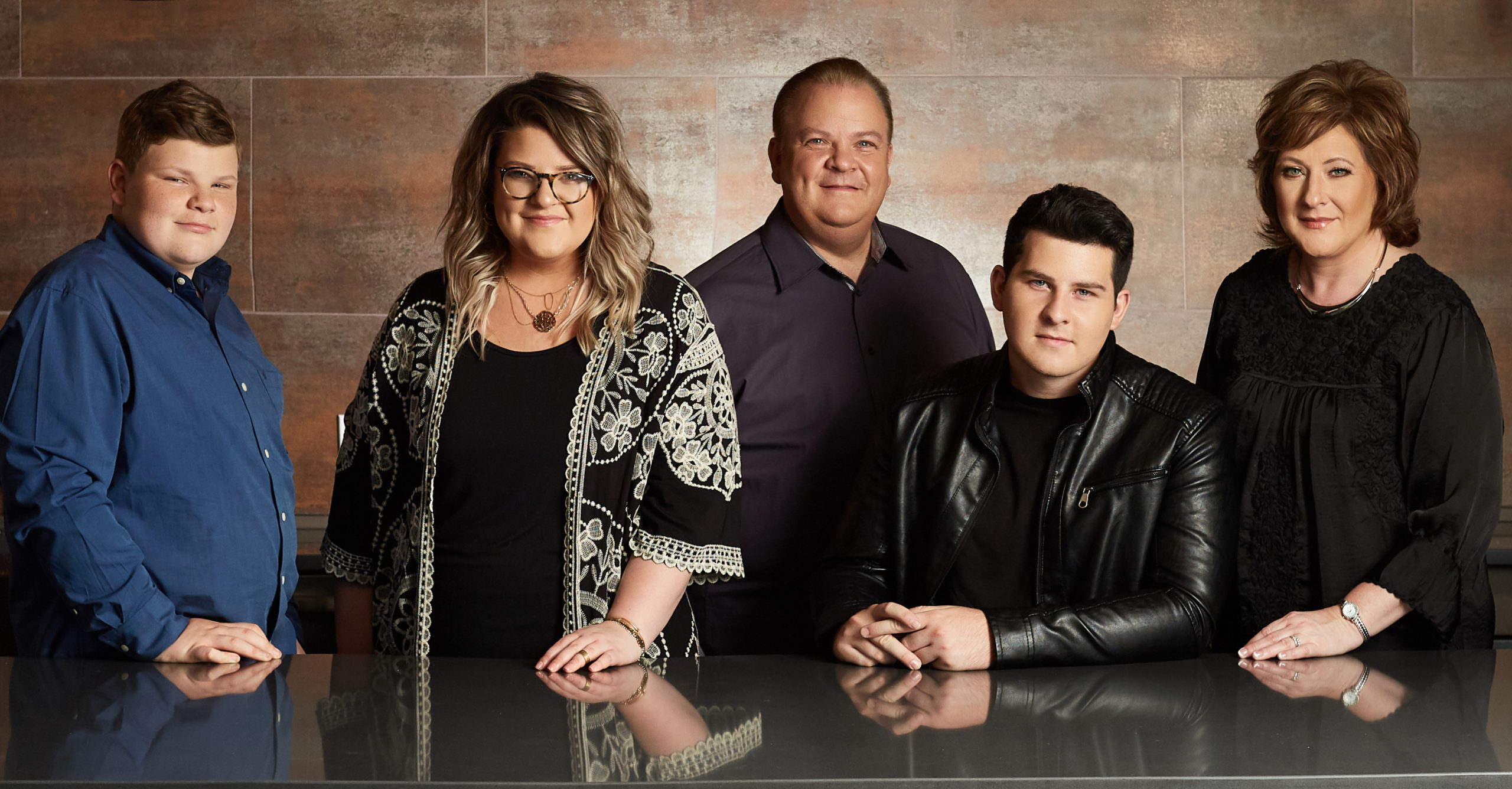
Is Your Music Pleasing? By Kevin Chambers
It is such a simple question, but the answer is more complicated than you might think.
The following is my personal opinion and philosophy, not a catalog of rules. I formed these ideas over several years and thought they might be of interest to someone. This is the method I use to decide if a musical recording or live band is arranged properly, if the focus is drawn in the right direction, and if it sounds good (to me). This is the science that must be applied before you get to the art. The concepts are nothing new, but they are rarely presented together as I am trying to do here. I truly believe that trained professionals, including jam pickers, can benefit from a simple survey of their musical arrangements identifying what I call the Four Essential Elements for Pleasing Musical Sound or simply Kevin’s Rule of Four.
I’ve played several musical styles in my life; marching band, classical, jazz combo, country, even some of that rock and roll stuff, not to mention thousands of hymns, SGM standards, and of course bluegrass! I’ve listened to and analyzed so many more than that. And I’ve decided all music is the same, even when it is so completely different! What I mean is that there are four essential common elements that make a pleasing arrangement in any form, from Beethoven to Bill Monroe. I believe that any band of any size or genre, can focus on these elements, who is playing them at any given time, and improve their sound. For the sake of space and time, I’m going to get fairly technical right away. If you have any thoughts or questions, feel free to e-mail me.
Nomenclature: I have to define the terms as I use them before I can teach how to use them. A traditionalist might be more comfortable calling the four elements: rhythm, melody, sustain, and counter-melody. However, my application for all this is fairly wide, so I often use the terms: groove, lead, continuity, and vamping. I use these words more out of habit than technical definition. You will easily see what I mean by each if you follow along.
In bluegrass music, it’s usually very easy to hear who is doing what. In other styles, it becomes more complicated, but the concepts still apply. I recommend that any performance arrangement of any song should be planned out using these elements in the order I will present them, taking care to build just deep enough to make the message or melody clear and pleasant. Also, as you will see, only one musician or section should hold any single piece of the pie, to avoid noise and confusion for the listener.
Kevin Chambers’ Rule of Four
First, we should think of groove or rhythm. This, very importantly, determines the style or vibe of the music. This element always has both a down and an up component. It is sometimes implied but usually played. In bluegrass, the bass always provides the down and either the guitar, mandolin, or sometimes banjo provides the up. In other styles, the groove of a song could be provided by vocalists singing “do-wop, do-wop†or constant pulsing eighth notes on a harpsichord. There is no rule. But, this is where the first critical decisions must be made. Make sure the groove fits the precise feel that you want for the song (as to instruments used and the technique). This will greatly help the other performers do their job. Now, if multiple musicians start playing the same groove foundation elements at the same time, then (at best) you will sound like a jam session. More often you’ll get a cacophony leading to a train wreck, especially if several different types of instruments jump on the groove wagon.
Next there is lead or melody. It may be a soloist or vocal group or an instrument. This is the core message you want to convey, the reason the piece exists. This is that important part of the music that you want the listener to really get. Harmony singing can still be part of this lead element, if the lyrics and timing match. The groove supports this. If the groove ever distracts the listener from lead, it has failed. Everyone in the band must keep in mind that your job is to support (feature / clarify) the melody or message of the piece and not to call attention to yourself or your talent.Â
Third is what I call continuity or sustain. It may be chords on a piano, or long notes from strings, or the roll on a banjo. This is that one musical element that maintains the structure of the song. While groove is more about timing, continuity is more about tonal flow (chords ascending and descending, stress and release, etc.). This element can shift between players for every measure in some styles, but, of course, should not be played simultaneously by instruments (or sections), as this rapidly becomes confusing noise.
Lastly there is vamping or counter-melody. Vamping is not mandatory. It’s not always there, but, when done sensibly, it is barely noticeable, yet makes any song sound more professional. It’s is those tasteful fills that are often done on mandolin in bluegrass, but may be done on drums, piano or any instrument in any style.
Caution, vamping can be dangerous and addictive! Actually, any of these elements can be destructive to your music and your message. It takes honesty, humility, and attention to detail to purge out the noise and have only the essential elements going on at any given time. Sometimes this means (gasp) musicians don’t play constantly! I’ve seen many great shows with 15 awesome musicians on stage at once, but rarely do more than four to six of them play at the same time, just enough to cover the four elements. Pride must be left offstage.
Applying Kevin’s Rule of Four
Picture it if you will: The Nearly Famous Gospel Band is on stage! They are rolling along on their favorite Southern gospel music classic. The audience is tapping their toes in approval. The song, in the key of G, is about to transition from the G to the C chord. Everybody knows it. You can hear it coming like a freight train. Then, at the expected moment, the drummer vamps a half measure of syncopated “rebop-de-boom†right into the chord transition with a big cymbal crash, the bass efficiently walks up the G-A-B-C scale in eighth notes, the piano does the standard sanctified ritual of playing a full thick G7 chord for a couple of beats right before the change with a bonus Cramer-lick thrown in, the lead guitar eases down the neck to arrive at C after a nice pentatonic riff with some full step bends! So, for two full beats we had notes G-A-B-C-D-E and F (and some in between) walking all over each other during a drum solo.
The band may be competent musicians, but this would have sounded awful. Each one did a fine vamping transition between chords, but together it was bad. At most one should have telegraphed the obvious chord change, if any at all. This is what differentiates jam sessions from well-planned stage performances.
The main thing is; never more than four! Never have more than four separate elements of music happening at the same time. Especially during transitions. It takes planning more than any particular skill. The band in the example above should have decided (in practice) which musician would be allowed to vamp during that 1 to 4 transition.
If more than one person is to be intentionally on the same element at the same time, then they must practice (and practice some more) to work and play together, note for note, as one instrument and not walk on each other. An entire string section may perform one element, or a whole vocal quartet can be the central lead element, but only if they practice and play (or sing) the right notes at the same time. Phil Spector’s famous wall of sound featured an entire section of electric guitars! This can only be done by extremely skilled and practiced musicians doing a planned (written) arrangement, and then it is just one element.
For stage work it is best by far, in my opinion, to have only one musician on each element at any given time. Obviously, a bass drum and bass guitar will generally be together on the downbeat setting the groove, so they must practice getting the attack (kick) of the note exactly together on every beat! If they cannot lock it in (and many cannot) then one of them must be backed way down in the mix. Again, leave the pride offstage.
This brings up another good point. “You can’t tell me how to play!†said many competent musicians in a fit of rage when asked to back off or play less. This is true. It may be too late to teach you how to play. But it’s not about how! The band leader must decide for everybody what to play and when. Every band needs a designated leader, someone who can hear the elements, and help the players decide when not to play, so only 4 elements reach the audience. Most listeners are overwhelmed and quickly shut out anything beyond the four core elements.
Think of “Row, Row, Row your Boat†as we sung in rounds when we were kids. After about 4 groups start singing it becomes annoying noise, and not music. Every style of music fits this general rule of four. You can hear it in jazz and hip hop, country and rock. Now I’ll give just a couple of examples to help illustrate the difference between the elements.
I originally noticed the Rule of Four concept many years ago in a song by the Eagles (yes, the rock band). They got it! No matter how many singers and guitars were on the stage, you never heard more than four elements. Listening to their song “Take it Easyâ€. It starts with one guitar doing everything. Then they cut back by fractions (2 musicians play half as much, 4 musicians play one forth as much, etc.) A bass comes in and the guitar plays less. The groove is already set by the time the drums lock it down. Now we have guitar, bass, and drums, then another guitar adds some vamping (which in this case is introducing the vocal melody which is coming up.) Then it sounds like everybody jumps in for some impressive music. This is where many jam-bands go off the rails. If you listen, there is only bass (and bass drum for some added punch) holding the “down†groove in place. The drums also have the “up†groove quite secure. Vocals cover the lead. (As I’ve said all vocals usually count as part of the lead element in my assessments unless the timing is different). One acoustic guitar is holding down chords/sustain. Of course, the famous guitar vamping licks come in right on cue and close the package. And that is all. Anything more would be distracting and annoying.
In a completely different style, Vivaldi’s “Spring†from “The Four Seasonsâ€. This familiar piece of music starts out with low strings doing straight quarter notes, setting the groove on the root of the chord, while the high strings present the lead line. If you listen closely, on most recordings, you can hear a harpsichord doing rolling chords for sustain. This is then played at different volumes and intensities. Then the rhythm section stops and a solo violin takes over lead. Another violin does some vamping, soon a third counter-part starts coming in, but Vivaldi (being no idiot) said, “This can’t get too complicated or they’ll hate it,†so the third instrument (a viola I believe) does a lot of rhythm work providing a pad for the other solo instruments to ride on. Listen to the whole thing and see there are never more than four elements. That is the reason a full symphony can usually be arranged and performed as a string quartet without loosing anything. Classical composers understand… four things at a time.

I have so many more examples, but the point is there. The Four Elements idea works. So, where can you use it? I believe any band of any genre could profit from self-examination using these principles and trimming back your music for a cleaner sound. Less can truly be more.
For a church choir or worship team, these elements can be very useful if you can get your musicians to understand them, so the important (Gospel) message can come across more clearly.Â
The pianist is often accustomed to being the only instrument, so they continue to play everything they know. They play the bass line, the melody line, the continuity notes, and if they are really good, even the vamping notes, all at the same time, which can be impressive, unless there is a band. The bass player, guitar player, and any other musicians now have nowhere to go. It is a challenge for a good pianist or guitarist, who is accustomed to playing alone, to integrate into a band. It is ultimately easier (individually) to play in a well-organized group. You may even get to rest occasionally. But, many people have the attitude that both hands have to be engaged in music if they are on stage. Playing differently can be very challenging, but it’s worth it.
The bass was designed for the bass line. Give it to them. Neither the guitar nor piano should be down there. With a decent bass and drums on rhythm, your groove should be secure without any outside interference. Keyboard players alert: If you have a bass player, don’t play bass!
Chords (continuity), one at a time, piano or guitar, never both. Swapping out (back and forth) is great, but nothing makes musical mud like full thick chords on 3 or 4 separate instruments.
For melody, hopefully, you have singers to convey the message of the song. This means no one should play the melody while anyone is singing. This is another hard message to get across but is true with few exceptions.
Vamping? Never more than one person vamping at a time. This includes the drummer! And no vamping at all if there is a vocal counter-melody being sung. Vamping is often called doodling or noodling and is great fun in jam sessions, but on stage, it is very amateurish and sounds just plain bad when it runs over other parts.
Yes, this means in order to sound better, I may need to let it go (my pick, drumstick, whatever) and let somebody else fill that hole.
So, where do we go from here? For starters, listen to your favorite recordings. Try to pick out each of the four elements. Is too much going on? This is what I enjoy doing to pass the time on road trips! It will help you as a musician. You have to learn to listen and actually hear everything that is happening on stage, not just your part.
If you’re in a band, record a full live performance, not a practice, because (as Helmuth von Moltke said): “No battle plan ever survived contact with the enemy.†People get carried away on stage. I.Q. drops by several points. Bad habits come to the surface and worst of all we forget when it’s not our time to shine, and bad licks come out of nowhere.
Listen to the recording together. It’s not a waste of time. Plan out, if possible, every fill and transition (who does it and how). Identify those spots where the train starts to de-rail and a jam session is starting to break out. Learn to listen for it on stage and take measures to clean it up on the spot. At some point, every player will instinctively know which element they are filling at every moment. They will also know who is on the other ones. A cleaner, more professional sound will result.
As I said at the beginning, I’ve had these ideas for several years. This is what (for me) defines a pleasing musical sound. More than music theory, it is performance philosophy. I have never gotten to teach it to a real live band. Most are unwilling to admit that less can be more. Others are simply unwilling to change. I hope something here was useful to you. I’d love to hear your thoughts at the address below.
By Kevin Chambers
Kevin Chambers is an occasional contributor to SGNScoops Magazine website and is also a member of the Bluegrass gospel band, Eagle’s Wings.
Kevin Chambers describes himself as a jack of all trades, master of none. He is a Christian, husband, dad, musician, teacher, analyst, technician and self-described geek who has a busy life. From a high-tech US Air Force measurements laboratory to the platform at his local church, he believes that real fulfillment comes from being honest with yourself and being used by God, not necessarily from being the best. As he puts it: “There is always someone better. Your job is be the best that you can be.†He has been Music Minister at Central Baptist Church, Jasper AL for 28 years and still gets his greatest fulfillment from helping someone find THEIR best. Contact Kevin Chambers here: Chambers.kevin@gmail.com or info@eagleswingsband.comÂ



